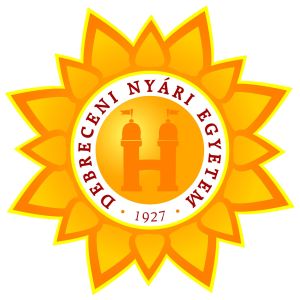The Przewalski horses, which were captured two weeks ago from the Hortobágy region, have now arrived at the Kazakh steppe, their former natural habitat. The animals are now residents of the Altyn Dala Reserve in Kazakhstan.
From near extinction to population recovery
During a press event following the horses’ capture, Péter Csobán, an expert from the Hortobágy National Park Directorate (HNPI) Pentezug Project, emphasized that the Przewalski wild horse would have been added to the list of extinct species if it weren’t for zoos and breeding programs.
He recalled that the Asian subspecies of the Eurasian wild horse lived in Central Asia until the end of the 19th century. However, due to human impact, competition from domestic animals, changes in natural habitats, and hunting, it disappeared completely.
The group of horses that was just reintroduced has been living undisturbed on a 3000-hectare area in Hortobágy’s Pentezug since 1997, where their population has increased tenfold to this day.
Creating a healthy ecosystem
Csobán pointed out that the wild horse is also crucial because it helps create a healthy ecosystem, habitat, and environment that supports the survival and persistence of other species.
The animals selected by the zoo’s species coordinator are young mares with high genetic value, intended to ensure the creation and long-term sustainability of the Kazakh population, he explained.
The reintroduction process
Endre Sós, the conservation and veterinary director at the Budapest Zoo, spoke about the reintroduction process, stating that the captured horses will first undergo quarantine and various screening tests.
Afterward, they will be transported to Kazakhstan on a Czech Air Force cargo plane, followed by an 8-12 hour land transport to their future habitat.
About the Przewalski horse
The Przewalski wild horse is the only remaining ancient, non-domesticated wild horse species. It is named after its discoverer, Russian Asia researcher Nikolai Mikhaïlovitch Przhevalsky, and is also known in Hungarian as the “Asian wild horse.” The last wild populations lived in Mongolia but eventually disappeared from there in the 1960s.
The species was saved from extinction through planned breeding in zoos. The reintroduction to the wild and their former habitats began in the 1990s.


















